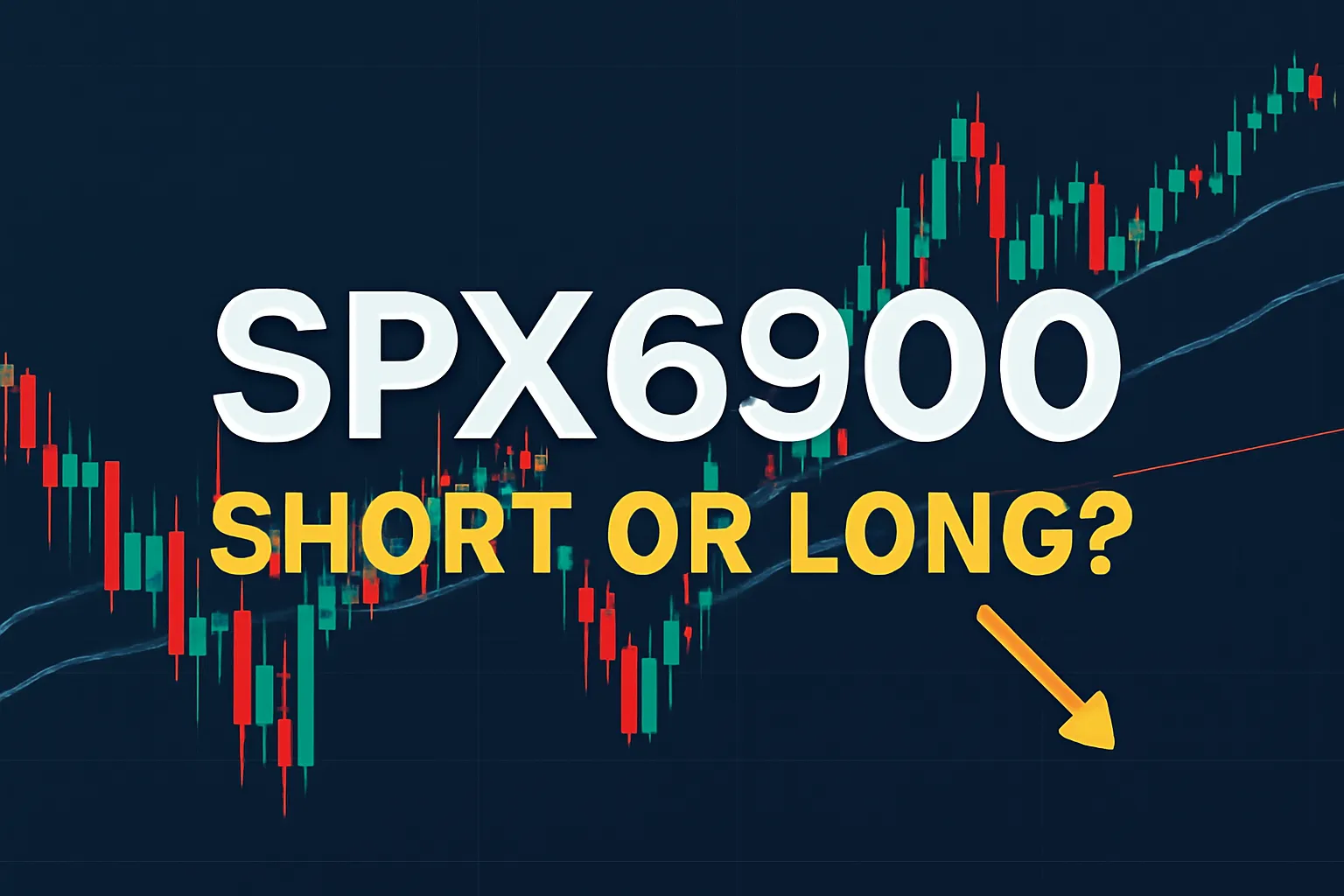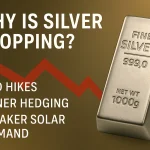SPX6900 Short or Long? Trading Strategies & Analysis Guide
SPX6900 Short or Long? A Complete Trading Guide
Introduction
Shorting the SPX6900 is one question everybody always seems to ask: whether I should be long or short. How high or low SPX6900 is at the moment is a significant level price or index price, normally synonymous with SPX or S&P 500. Experienced or newbie investor alike, whether or not to be long or short here requires careful market levels analysis, trends, and indicators analysis.
In this guide, we’ll explore both strategies — shorting and longing SPX6900 — and provide insight into which strategy may be more suitable for different market conditions and trading goals.
Table of Contents
- What is SPX6900?
- Long Position Strategy: When to Go Long on SPX6900
- Short Position Strategy: When to Short SPX6900
- SPX6900 Trading Indicators and Signals
- Risk Management: Protecting Your Capital
- Conclusion: Should You Go Long or Short on SPX6900?
What is SPX6900?
SPX6900 indicates a specific price level or index value of the S&P 500 or any related financial instrument. The “6900” level is typically used in options trading, futures, and market analysis as a representation of a specific point of interest in the market’s action. These levels are closely watched by investors and traders to know whether they should be in long or short positions.
Long Position Strategy: When to Go Long on SPX6900
Going long means buying the SPX6900 when its price is expected to increase. Below is when it may be a good strategy:
- Bullish Market Conditions: If market conditions are bullish, and economic conditions show growth, going long may be the perfect strategy.
- Technical Indicators: If leading indicators, like moving averages (e.g., 50-day or 200-day MA), are indicating a bull trend, a long position can be a good option.
- Support Levels: If SPX6900 is near a support level and indicating recovery, going for a long position can bring profits as the price increases.
For example, if SPX6900 is near a solid support and the RSI shows that it’s oversold, then perhaps it’s the moment to go long.
Short Position Strategy: When to Short SPX6900
Short position means short selling SPX6900 when you believe the price is about to fall. This is when shorting would be the most ideal option:
- Bear Market Conditions: In case of economic uncertainty or bearish market sentiment, shorting the SPX6900 would be a profitable idea.
- Resistance Levels: When the SPX6900 is at resistance and the indicators indicate that the price is set to reverse, shorting would be a good option.
- Overbought Levels: When SPX6900 is overbought and price exhausted (high RSI, for example), this could be a sign that the price will go down, and therefore shorting would be a good trade.
Fibonacci retracement levels are utilized by traders to identify possible resistance points. When SPX6900 is approaching a major Fibonacci point, shorting may be the order.
SPX6900 Trading Indicators and Signals
In order to make a decision about going long or short SPX6900, you have to base your decision on some technical signals and indicators. Here are some of the tools which might be helpful to you:
- Relative Strength Index (RSI): Use it to check if the market is overbought (long) or oversold (short).
- Moving Averages (MA): If the price is higher than a moving average (for example, the 50-day MA), it could be a buy signal (long). Below, it could be a sell signal (short).
- MACD (Moving Average Convergence Divergence): MACD can be employed to signal changes in momentum, either long or short.
- Bollinger Bands: If SPX6900 is at the top-most Bollinger Band, then it could be an overbought (a short candidate). If at the bottom-most band, then it could be an oversold (a long candidate).
Using these indicators together can give you a better sense of whether market conditions are for shorting or longing SPX6900.
Risk Management: Protecting Your Capital
Regardless of whether you opt to go long or go short, you cannot escape risk management. Below are some strategies that will preserve your capital:
- Stop-Loss Orders: Always make use of stop-loss orders in order to cap potential losses when the market is not in your favor. For example, when you hold SPX6900 long, a stop-loss can come to the rescue if the price falls below a certain level.
- Position Sizing: Never risk more than a fraction of your portfolio on one trade. Adjust your position size based on your risk tolerance and volatility in the market.
- Diversification: Never risk all of your portfolio on one trade. Diversify your portfolio to reduce total risk.
Risk management strategies like these will instill confidence trading SPX6900 when going long or short.
Conclusion: Should You Go Long or Short on SPX6900?
When to go long or short SPX6900 is actually just a question of what is going on in the market, what your research is, and how much risk you are willing to take. If the market is very bullish, then going long would likely be the best choice. If the market is overbought or is showing bearish indicators, shorting SPX6900 would be a better choice.
Remember that with the combination of technical analysis indicators, monitoring market trends, and proper risk management, you can make sounder choices while trading SPX6900. Always stay aware of what’s happening in the markets and continue to improve your strategy as you gain experience in the markets.
Frequently Asked Questions
What is the optimal time to go long in SPX6900?
The best time to go long on SPX6900 is when there are solid bullish indications in the market, like positive news, positive economic data, or technical data like moving averages trending upwards.
When do I short SPX6900?
Short SPX6900 when market conditions are bearish, like when the market is overbought, there is negative sentiment, or resistance levels are being tested
How can I use RSI to create SPX6900 positions?
RSI warns us of overbought and oversold points. Over 70 generally informs us that the asset is short potential (overbought) and below 30 tells us that it is oversold (long potential).
SPX6900 Trade Conditions
| Condition | Strategy | Indicator |
|---|---|---|
| Bullish Market | Go Long | Positive MA Cross |
| Bearish Market | Go Short | Negative RSI |
| Resistance Level | Go Short | Fibonacci Retracement |
| Support Level | Go Long | Bollinger Bands |




